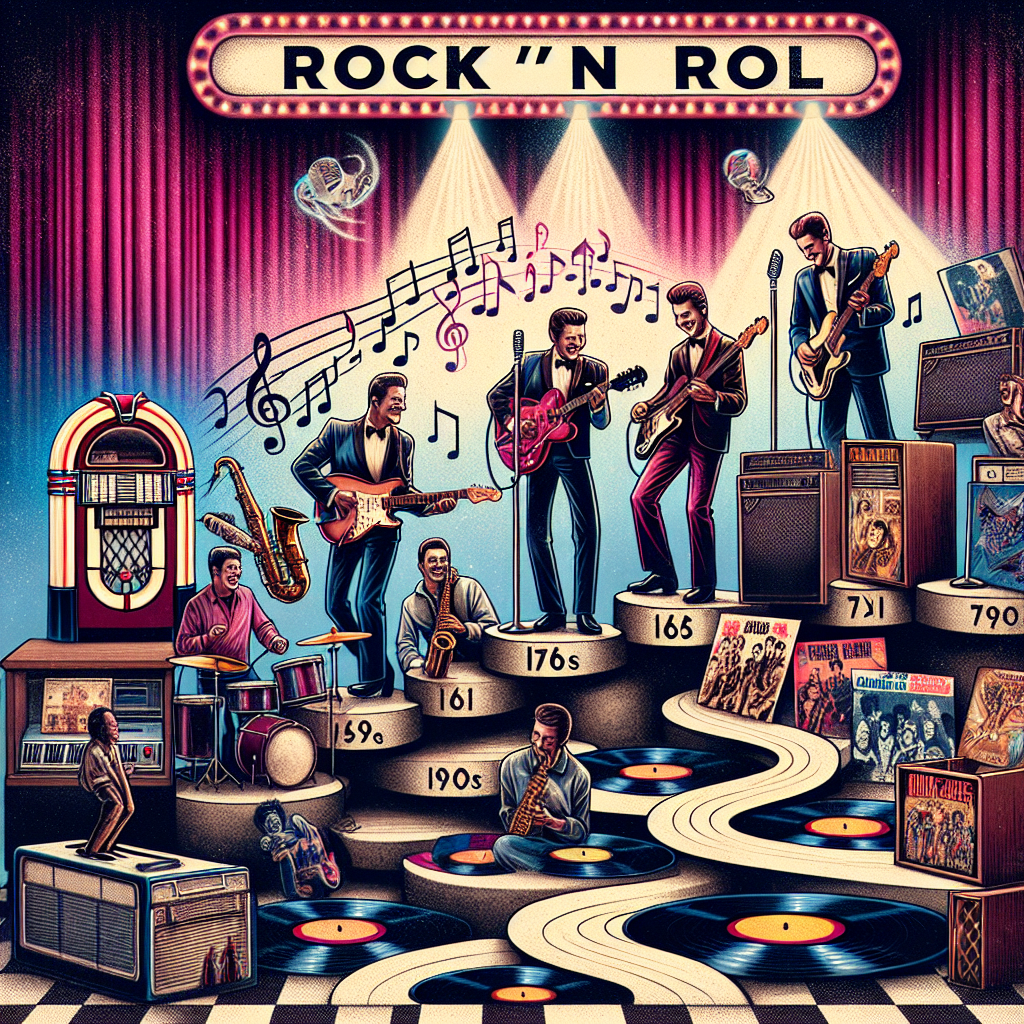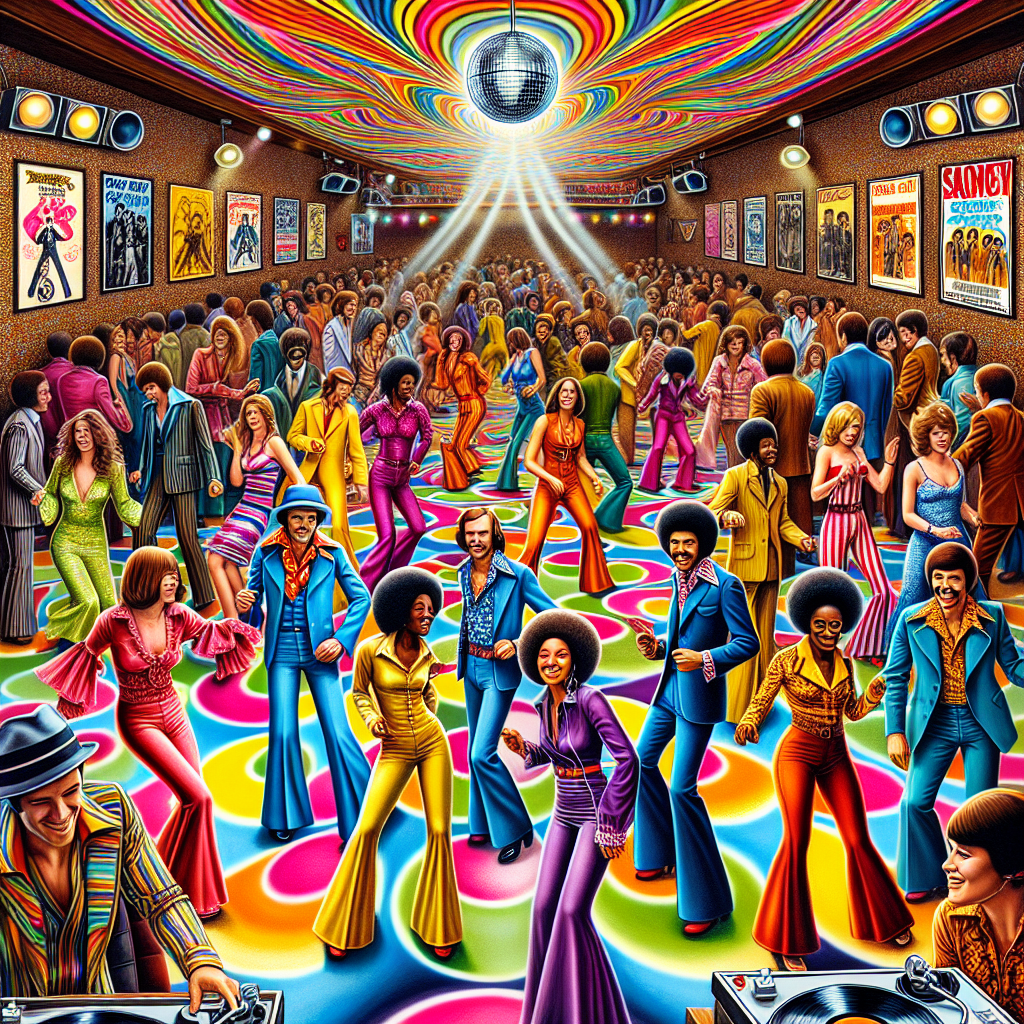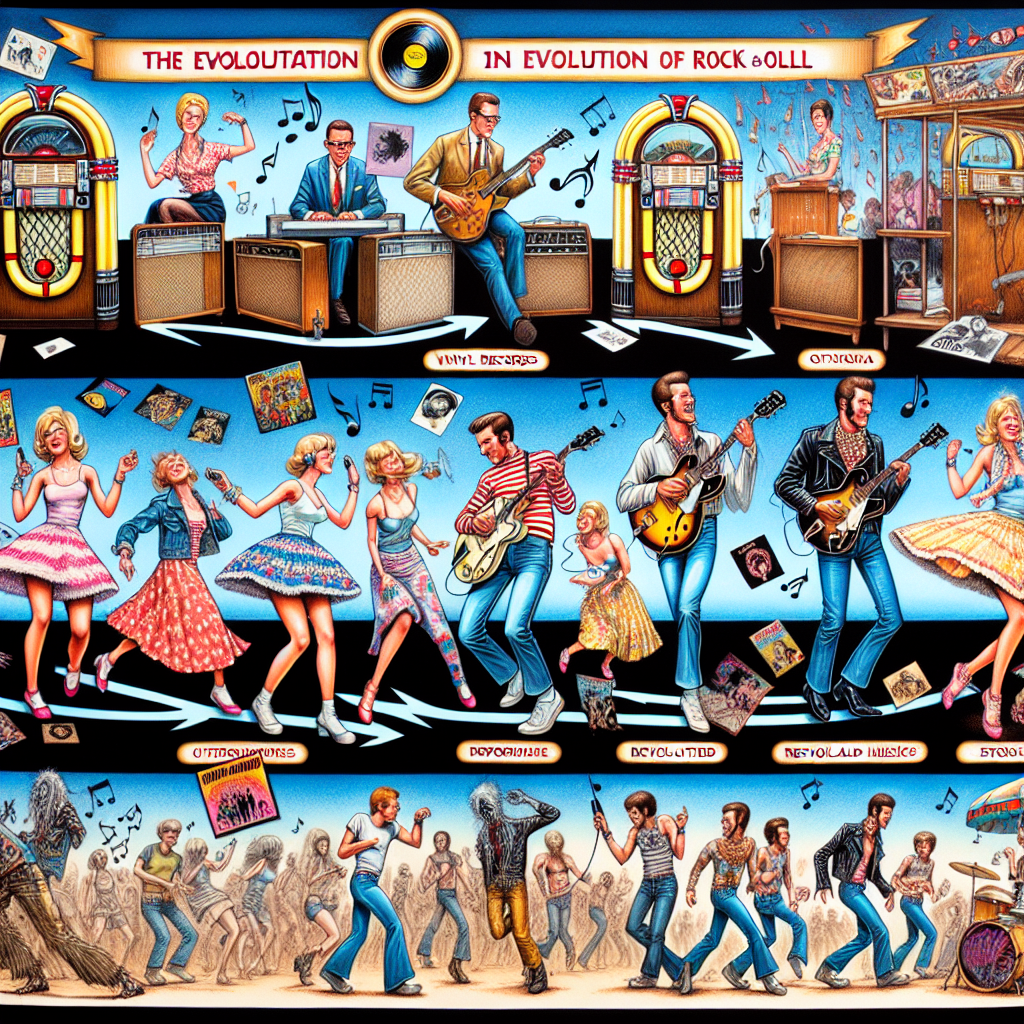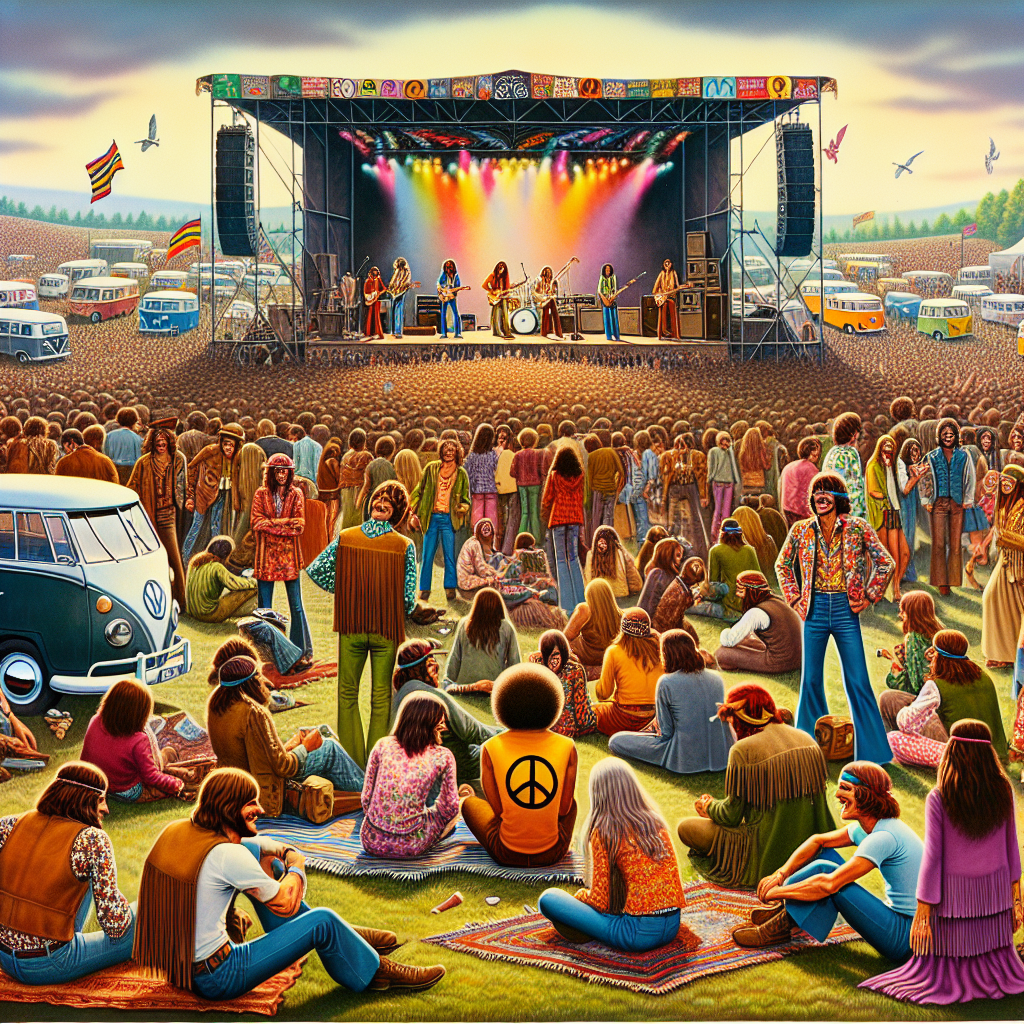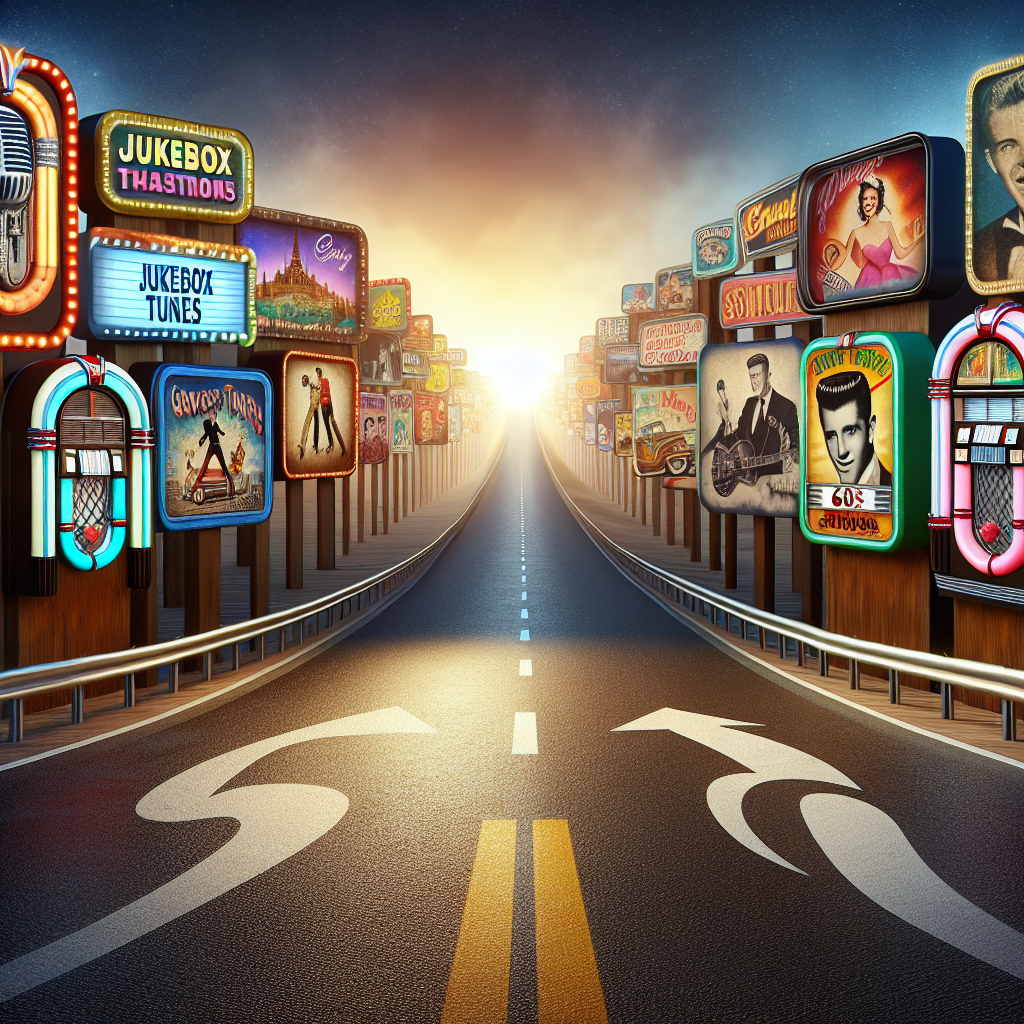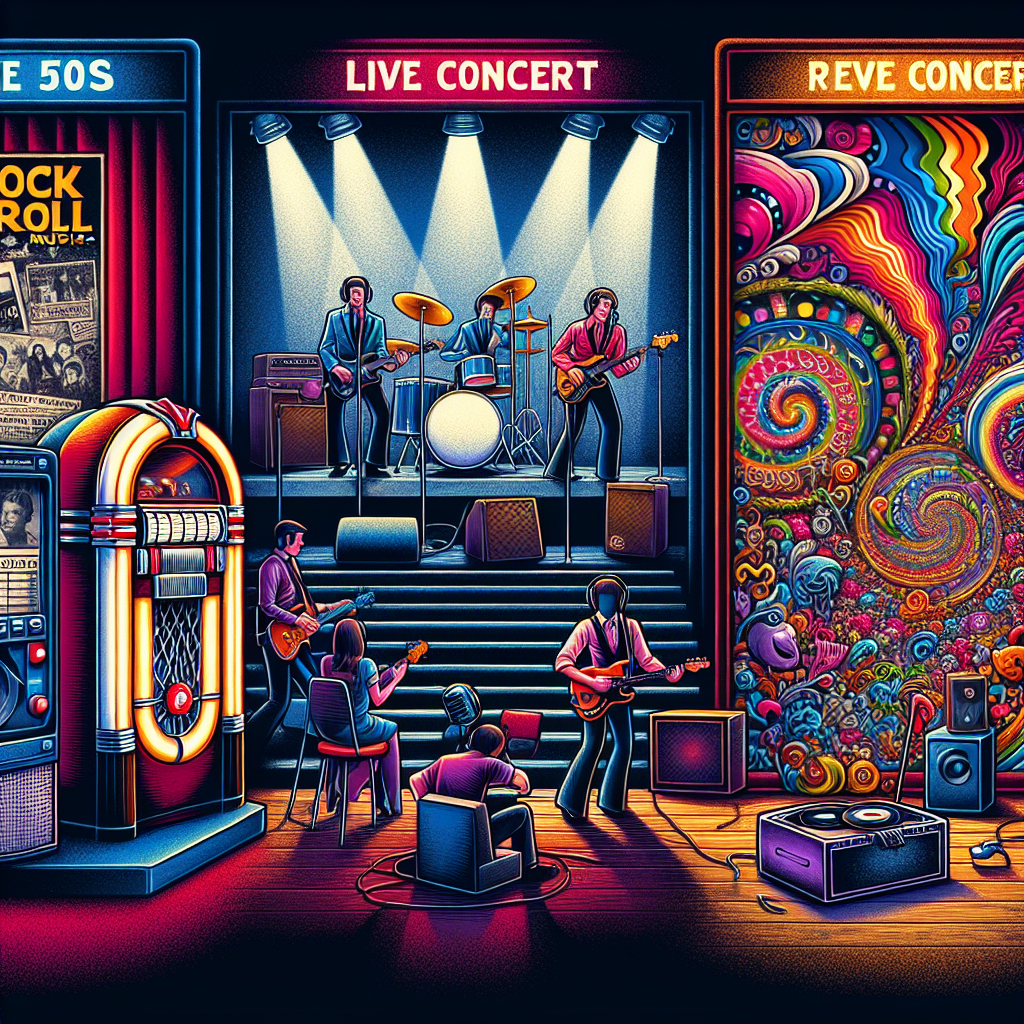Rock ‘n’ roll music has always been a reflection of the culture and society in which it exists. From its roots in the 1950s to its evolution in the 1960s and 1970s, rock ‘n’ roll has been a driving force behind social change, political movements, and fashion trends.
In the 1950s, rock ‘n’ roll emerged as a rebellious form of music that challenged the status quo. Artists like Elvis Presley and Chuck Berry brought a new energy and attitude to the music scene, shaking up conservative values and paving the way for future generations of musicians.
As the 1960s rolled around, rock ‘n’ roll became even more intertwined with politics and social activism. Bands like The Beatles and The Rolling Stones used their music to comment on issues like civil rights, war, and environmentalism. Their influence extended beyond just music, inspiring a whole generation to question authority and fight for change.
The 1970s saw rock ‘n’ roll continue to evolve with advancements in technology. The rise of electric guitars, synthesizers, and other instruments allowed artists to experiment with new sounds and styles. This era also brought about changes in fashion, with artists like David Bowie pushing boundaries with their bold and flamboyant looks.
Overall, the evolution of rock ‘n’ roll from the 1950s to the 1970s was a testament to the power of music to shape culture and society. Politicians may have tried to censor it or control it, but they could never fully silence its message of rebellion and freedom.
Today, we can look back at this era with admiration for the musicians who pushed boundaries and broke down barriers. Their legacy lives on in every guitar riff, drum beat, and impassioned lyric that continues to inspire us today.
